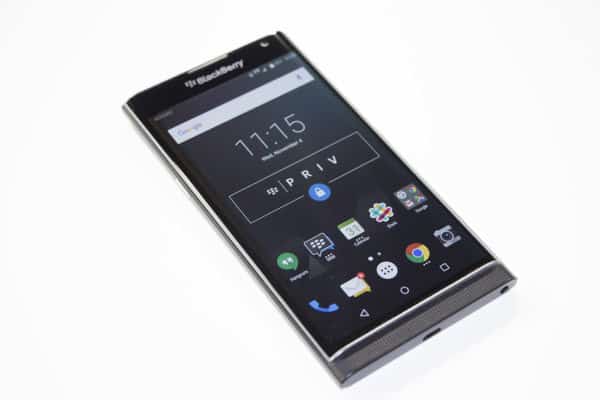
 The will-they-or-won’t-they question about BlackBerry’s (BlackBerry Stock Quote, Chart, News: TSX:BB) hardware exit seems to be set to reach a conclusion, but Cormark analyst Richard Tse says the numbers speak for themselves.
The will-they-or-won’t-they question about BlackBerry’s (BlackBerry Stock Quote, Chart, News: TSX:BB) hardware exit seems to be set to reach a conclusion, but Cormark analyst Richard Tse says the numbers speak for themselves.
On Friday, BlackBerry reported its fourth quarter and fiscal 2016 results. In the fourth quarter, the company lost $18-million on revenue of $487-million.
“Over all, BlackBerry’s Q4 performance was solid as we made progress on the key elements of our strategy, which are to grow software faster than the mobility software market, achieve device profitability and generate positive free cash flow,” said CEO John Chen. “We have clearly gained traction and market share in enterprise software. We more than doubled our software and licensing revenue in Q4, and exceeded our target of $500-million for the full year. Looking to fiscal year 2017, our strategy is on track and our growth engines are in place to continue to generate above market growth in software and achieve our profitability objectives.”
Cormark analyst Tse: “Based on our forecasts, we believe the shuttering of hardware will occur this fiscal year in some meaningful form given the deteriorating momentum in BlackBerry’s core markets.”
Tse says the fourth quarter was another one is which ugly hardware numbers overshadowed improving software results. The analyst thinks the issue may be finally coming to a head. He says he would welcome a “dramatically reduced hardware footprint” for BlackBerry because it would immediately remove the underlying drag to financial performance.
“Once again, BlackBerry’s financial results were overshadowed by hardware which continued to show negative (and deteriorating) momentum missing expectations by a wide margin and creating a negative headline impact for the stock last Friday,” says Tse. “No doubt, it is also one of the reasons why the notion of shutting down hardware entirely is becoming a more prominent topic among those still following this name. And while a timeline was not discussed on BlackBerry’s quarterly conference call, post call news reports have the company indicating it will give itself until September to make such a decision depending on what appears to be the last big carrier push with the Priv. Based on our forecasts, we believe the shuttering of hardware will occur this fiscal year in some meaningful form given the deteriorating momentum in BlackBerry’s core markets.”
Tse says he believes a BlackBerry hardware exit could potentially drive $0.60-0.80 in EPS.
On Friday, Chen, who has been cagey about BlackBerry’s hardware business since taking the job as CEO in November of 2013, said he was setting a firm September deadline to decide whether or not the company would continue to make handsets.
“I’m actually quite disappointed that our hardware business isn’t better,” the BlackBerry boss told reporters on earnings day. “I truly believe we’re very close to break-even or profitability.” On a conference call later that day, he added: “Hopefully, I’m not naive. We do have a pretty good plan.”
On the software side, Chen said he would increase the company’s software revenue by 30 per cent next year, without the help of acquisitions.
In a research update to clients today, Tse maintained his “Buy (Speculative)” rating and one-year target price of (U.S.) $11.00 on BlackBerry.
Comment
Leave a Reply
You must be logged in to post a comment.


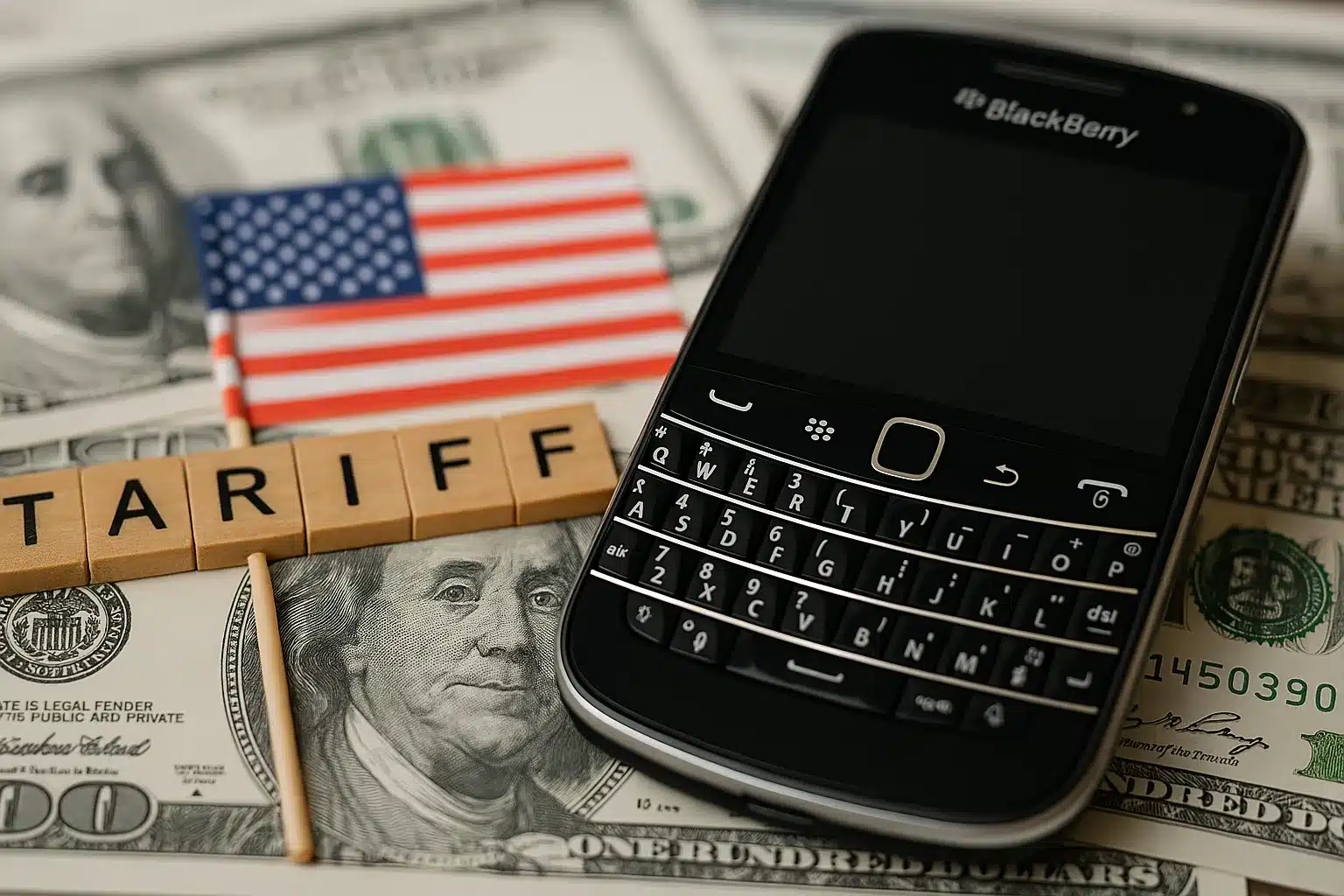
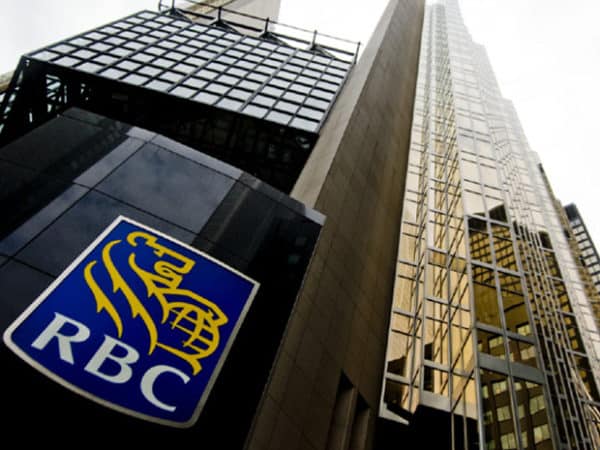
 Share
Share Tweet
Tweet Share
Share

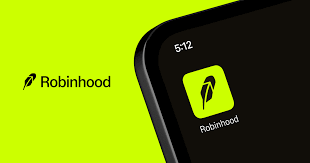

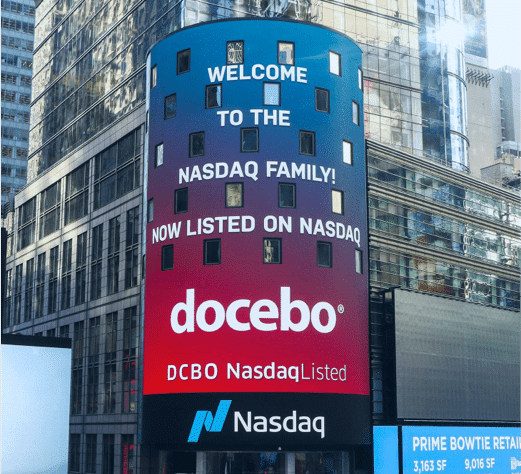
Everyone is so one dimensional when they call for Blackberry to exit the phone business constantly. The fact is phones are part of their core business. Even if they didn’t make phones they would have to understand them to manage them and build software around them. Even a break even hardware division gives them hardware know how and R & D resources to leverage. They have said their future is connecting devices. They can build and keep expertise by building and designing hardware. Not everyone has to be Apple.
Sorry to say, but the hardware engineers are gone and the company merely specifies what the device should look like and outsources the rest to Foxconn and other contract design/build overseas outfits. In 2015 the headcount was 6225 and now it is 4534, even after they say they hired 850 people: 2541 were terminated in the last year. They only need test that devices received meet contractual specifications.
The whole phone chipset and firmware reference design is sold by Qualcomm so you don’t need to design your own phone to have the hardware reference to code against. Qualcomm supports Android by default and only supports other operating systems later, for each new chipset released. Apple, of course, has their own chipset.
Stamping their logo on a JDM/OEM phone and selling it is good from a marketing perspective even at break even when sales are in rude health. Sickly sales are bad for PR. An outsourced phone sporting an outsourced OS accented by some intangible security promise seems not to be compelling in the market.